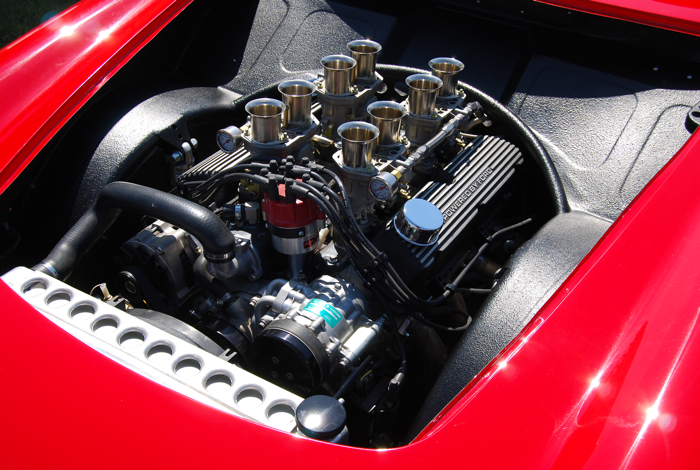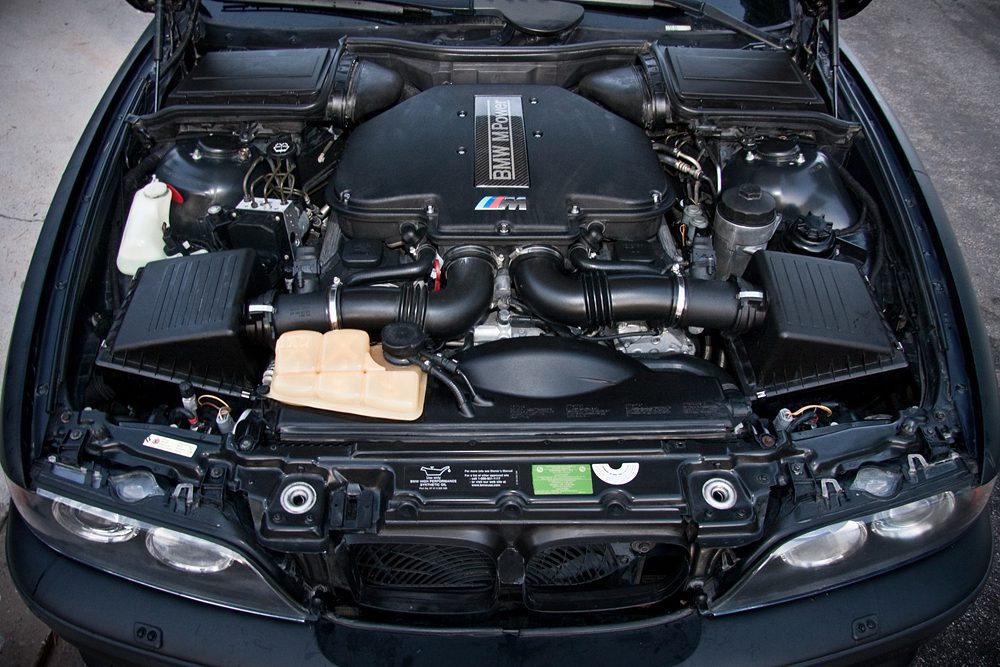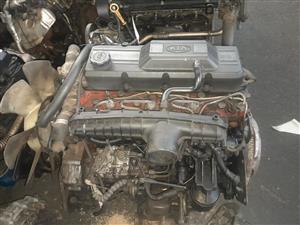Opel Corsa Engine: Performance and Reliability for Your Lorry
Opel Corsa Engine: Performance and Reliability for Your Lorry
Blog Article
Checking Out the Inner Functions of a Compact Automobile's Engine System
As drivers, we often take for granted the detailed processes that take place within the confines of our lorry's engine system. In this expedition of a portable vehicle's engine system, we will unwind the internal workings of this mechanical symphony, losing light on the mysteries that drive us forward on our everyday journeys.
Combustion Process Introduction
The combustion procedure in a compact car's engine system is an important mechanism that effectively transforms gas right into power to power the car. This process occurs within the combustion chamber of the engine, where fuel and air mix, spark, and produce regulated surges. The combustion procedure contains 4 primary stages: consumption, exhaust, power, and compression.
During the intake phase, the piston relocates downward, pulling in a combination of air and gas into the combustion chamber. The following stage, compression, involves the piston moving up, pressing the air-fuel blend to boost its potency. Ultimately, in the power stage, the ignition system stirs up the compressed combination, causing a quick growth of gases that compels the piston back down. This downward movement creates the power required to drive the lorry. In the exhaust stage, the burnt gases are gotten rid of from the burning chamber with the exhaust shutoff, preparing the chamber for the following cycle. This cyclic combustion procedure is fundamental to the operation of a compact vehicle's engine system, making sure effective energy conversion for propulsion.
Piston and Cyndrical Tube Communication

The piston's accurate fit within the cyndrical tube is crucial for preserving optimum compression and preventing power loss throughout burning. Limited clearances between the piston and cylinder walls guarantee effective securing, permitting the piston to move smoothly without enabling gases to leakage past. Proper lubrication is likewise crucial to minimize rubbing and put on in between these parts, improving long life and efficiency.
Additionally, the style and products utilized in manufacturing the piston and cylinder influence engine performance and durability. Modern engines typically use light-weight yet durable products like light weight aluminum alloys for pistons and cylinder liners to minimize inertia and boost thermal performance. Overall, the harmonious interaction in between the piston and cyndrical tube is essential to the engine's performance and overall performance.
Gas Shot System Capability
Fuel injection systems in compact automobile engines play an important role in exactly providing fuel to the combustion chamber for controlled and efficient ignition. The fuel shot system operates by infusing gas into the combustion chamber at the optimal moment during the engine's procedure (opel corsa engine). This specific timing ensures that the fuel blends equally have a peek at this website with the air for correct burning, causing enhanced fuel efficiency and reduced exhausts
There are primarily 2 kinds of fuel injection systems made use of in portable lorry engines: port gas injection (PFI) and straight fuel injection (DFI) PFI systems infuse gas right into the consumption port before the consumption shutoff, while DFI systems infuse fuel directly right into the burning chamber. Both systems have their advantages, with DFI supplying far better fuel atomization and PFI providing a much more cost-effective remedy.
Comprehending Engine Air Conditioning Mechanisms
Effective operation of a portable lorry's engine relies greatly on the efficiency of its cooling mechanisms. Engine air conditioning is important to avoid overheating, which can cause significant damages and decreased efficiency. The cooling system in a portable automobile usually contains a number of elements collaborating to control the engine temperature level. One vital part is the radiator, which makes use of coolant to absorb warm from the engine. As the warm coolant streams with the radiator, it releases heat into the air, cooling before returning to the engine. The water pump flows the coolant with the engine and radiator, guaranteeing a regular circulation to control temperature level. In addition, the thermostat helps regulate the coolant circulation to maintain optimal engine temperature. Some automobiles likewise have cooling down fans that trigger when additional air conditioning is needed, such as throughout rush hour or hot weather condition. Understanding these engine cooling devices is important for keeping the performance and long life of a portable automobile's engine system.

Exhaust System Components Explained
The ideal performance of a compact car's engine cooling devices depends on a complementary system called the exhaust system, which comprises different crucial components for making sure effective emissions and engine performance. The exhaust system includes elements such as the exhaust manifold, catalytic converter, muffler, and tailpipe. The exhaust manifold accumulates exhaust gases from the engine's cylinders and paths them to important site the catalytic converter. The catalytic converter then converts dangerous toxins in the exhaust right into much less unsafe emissions before launching them through the muffler and tailpipe.
One essential element of the exhaust system is the oxygen sensor, which keeps an eye on the oxygen degrees in the exhaust gases to assist regulate gas consumption and ensure optimal engine performance. opel corsa engine. Additionally, the resonator might be existing in some exhaust systems to reduce noise levels. On the whole, the exhaust system plays an important duty in preserving engine effectiveness, reducing harmful exhausts, and making sure a quieter driving experience for portable lorry proprietors

Final Thought
To conclude, the portable lorry's engine system is a complex combination of components that collaborate to help with the combustion procedure, convert fuel right into energy, and get rid of waste gases. Understanding the inner workings of the engine system, including the piston and cyndrical tube communication, fuel injection system, engine cooling mechanisms, and exhaust system parts, is critical for preserving ideal performance and efficiency of the lorry.
The combustion procedure in a compact lorry's engine system is an essential device that successfully transforms fuel into energy to power the lorry.Gas shot systems in small car engines play a crucial role in precisely supplying gas to the combustion chamber for regulated and effective ignition.There are mainly two kinds of gas injection systems used in portable automobile engines: port fuel injection (PFI) and straight fuel injection (DFI) Recognizing these engine air conditioning mechanisms is important for maintaining the efficiency and durability of a compact lorry's engine system.
The optimum functioning of check it out a compact automobile's engine cooling mechanisms depends on a corresponding system understood as the exhaust system, which comprises numerous vital elements for ensuring efficient emissions and engine performance.
Report this page